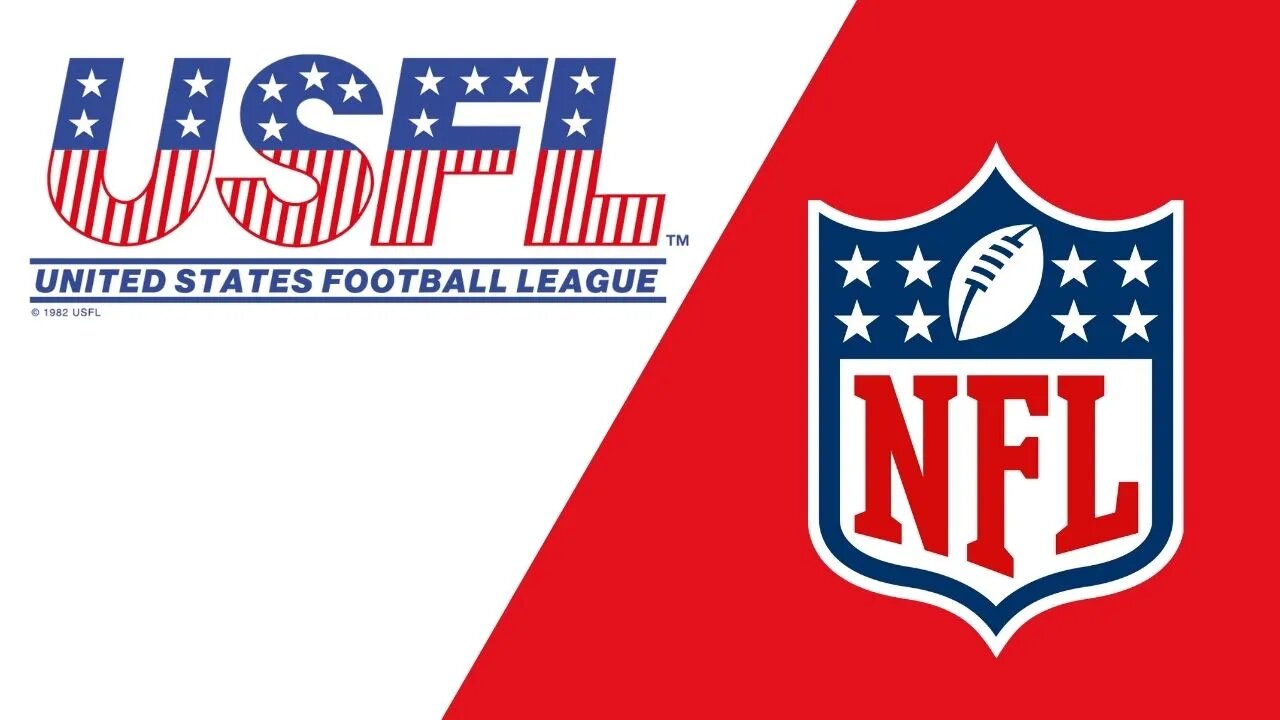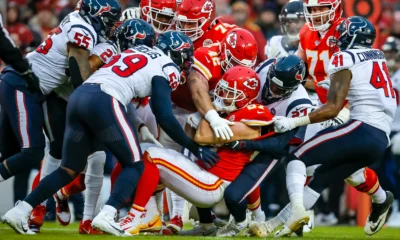
Now deep into its inaugural season, there are arguably few things as exciting to have happened to the sport of American football as the USFL.
Not only does the USFL represent an exciting addition to the annual sporting calendar — particularly given that it will add games to the playing schedule when the NFL is in its off-season — but also because it might usher in a new style of play and perhaps even a new wave of American football that is unlike anything we have seen before.
This is a possibility largely because the USFL is structured around a slightly different ruleset than the NFL is. Although some of these rule changes might seem slight, they have the potential to really shake up the type of football that is being played.
This could have a big impact on what the futures of NFL and American football more generally might look like. For those of you looking to place some advanced wagers on the remaining games in the USFL season, this is something to keep in mind!
In this short article, we will take a look at some of the key differences between the USFL and NFL and explain why they matter.
USFL structure and format
One of the main ways that the USFL differs from the NFL is in the actual structure, format and schedule of the USFL league.
The NFL consists of 32 different teams from across the country, which are divided equally between the American Football Conference (AFC) and the National Football Conference (NFC).
Each NFL season starts with a pre-season which lasts for three weeks in August, which is followed by a regular season lasting 18 weeks between September and early January. During this time, each team plays 17 games and has one bye-week game.
Once the regular season has concluded, seven teams from each conference advance to the play-offs where they face off against each other in a single-elimination tournament that concludes with the Super Bowl. The Super Bowl is held in February and is played between the AFC and NFC champions.
In contrast, the USFL is split into two divisions (North and South) and has eight teams in total. Each of these eight teams plays a 10-game schedule, with teams in the same division playing each other twice and the teams in the other division once. The top two teams in each division face-off in the semi-finals, followed by the championship game a week later.
The USFL regular season begins in mid-April and runs through to mid-June. Following this, the semifinals and the playoffs are played in late June and early July.
In addition to there obviously being fewer teams in the USFL, what is particularly good about the structure of the league is that its games take place during the NFL off-season. This means that football fans no longer have to suffer through the long spring and summer drought they previously faced when the NFL concluded for the year.
USFL rule changes?
In addition to differences in the structure and format of the league, the USFL has also unveiled a number of changes to the rules of the game.
Arguably, these have the potential to make teams more offensive-minded and to encourage bigger plays. They could also increase game flow and give more opportunities to score when the game-clock starts to run down. Although it is not yet clear whether these changes will actually come to fruition, they do present an exciting opportunity to develop a fan-friendly and fast-moving type of football.
For example, there is the potential to score three-point conversions after touchdowns — similar to rugby — in addition to changes to onside kicks and overtime. An offensive team member will also be able to complete two forward passes on a single play. These changes could make USFL games playout more like a rugby match than a traditional defense-heavy NFL game.
USFL: Major rule changes summarized
Here is a brief overview of some of the main rule changes the USFL is bringing in:
· Extra points: Following a touchdown, the scoring team will have the opportunity to attempt a one-, two- or three-point conversion.
· Overtime: Overtime in games will be a shootout where each team’s offense will alternate plays against the opposing defense from the two-yard line on the field. Each team will run three plays, with the team scoring the most points after three plays winning.
· Forward passes: Offensive players are allowed to throw two forward passes behind the line of scrimmage.
· Instant replay: Coaches are allowed one replay challenge. The USFL replay command can overrule incorrect personal foul calls and can make other determinations related to the rules.










